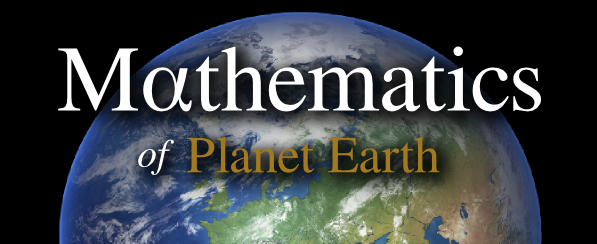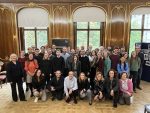Title: Runoff processes on trees
Abstract: The volume of catchment discharge that reaches a stream via the overland flow path is critical for water quality prediction, because it is via this pathway that most particulate pollutants are generated and transported to the stream channel, via surface erosion processes. When it rains, spatial variation in the soil infiltration rate leads to the formation and reabsorption of rivulets on the surface, and local topography determines the coalescence of rivulets.
We consider the question of how coalescence facilitates overland flow using a highly abstracted version of the problem, in which the drainage pattern is represented by a Galton-Watson tree. We show that as the rate of rainfall increases there is a distinct phase-change: when there is no stream coalescence the critical point occurs when the rainfall rate equals the infiltration rate, but when we allow coalescence the critical point occurs when the rainfall rate is less than the infiltration rate, and increasing the amount of coalescence increases the total expected runoff.
Prof Jones profile:
I am an applied mathematician with a background in data analytics, optimisation and simulation. Many of my projects involve assembling data from divers sources, using it to build simulation models, then using those models to inform management decisions. Previous collaborators include the Australian Department of Agriculture, Fisheries and Forestry (planning for the Post Entry Quarantine facility, a national infrastructure project); the Australian Office of Transport Security (improving security procedures in Australian airports); Rate Valuation Services (a financial services company); McLaran International (the racing team); Merlin Power Systems (a feasibility study for an emergency response scheme for power generators in the UK); and National Air Traffic Systems (responsible for air traffic control in the UK).
My work makes use of a wide range of computational, analytical and mathematical techniques. I have taught graduate courses in machine learning and data mining, and I am the principal author of a best-selling text book on programming and simulation using the language R. Much of my current research concerns complex spatio-temporal environmental data, in particular problems of water runoff in catchment areas.






